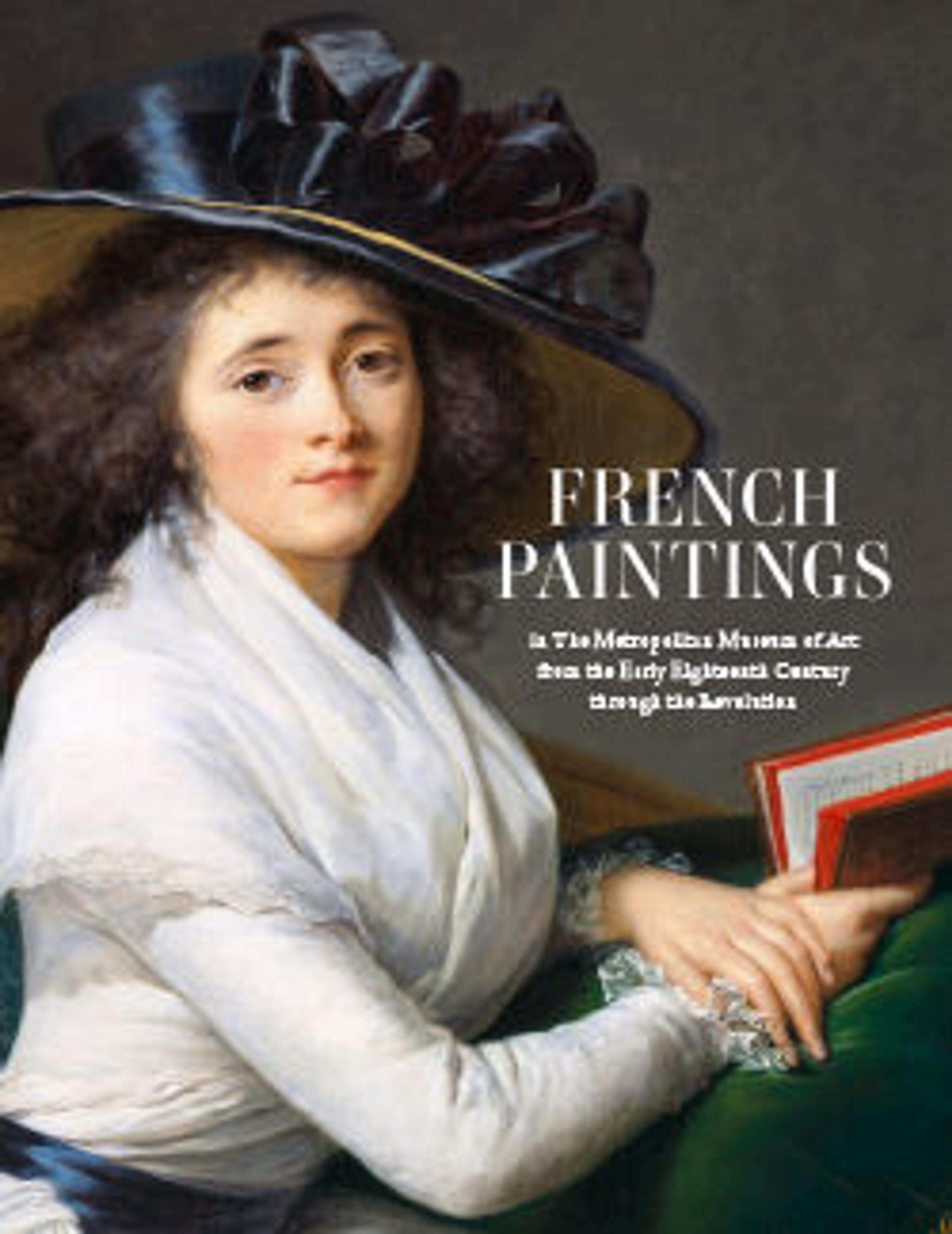Jean Jacques Caffiéri (1725–1792)
In addition to his innovative moral subjects, Greuze was a great and subtle portraitist. This painting, with its smoothly blended surface and narrow color range, has traditionally been identified as Jean Jacques Caffiéri, a prominent sculptor who himself produced portraits of some of the eighteenth century’s most important cultural figures. Greuze exhibited his portrait at the Salon in 1765, the year Caffiéri rose to assistant professor within the French Royal Academy.
Artwork Details
- Title:Jean Jacques Caffiéri (1725–1792)
- Artist:Jean-Baptiste Greuze (French, Tournus 1725–1805 Paris)
- Date:ca. 1765
- Medium:Oil on canvas
- Dimensions:Oval, 25 1/4 x 20 3/4 in. (64.1 x 52.7 cm)
- Classification:Paintings
- Credit Line:Bequest of Ethel Tod Humphrys, 1956
- Object Number:56.55.3
- Curatorial Department: European Paintings
More Artwork
Research Resources
The Met provides unparalleled resources for research and welcomes an international community of students and scholars. The Met's Open Access API is where creators and researchers can connect to the The Met collection. Open Access data and public domain images are available for unrestricted commercial and noncommercial use without permission or fee.
To request images under copyright and other restrictions, please use this Image Request form.
Feedback
We continue to research and examine historical and cultural context for objects in The Met collection. If you have comments or questions about this object record, please contact us using the form below. The Museum looks forward to receiving your comments.
